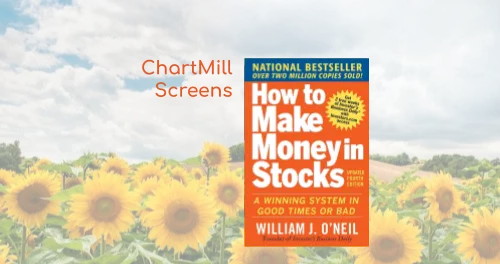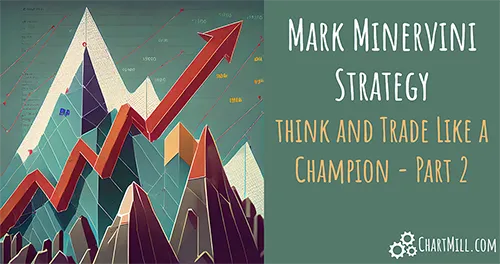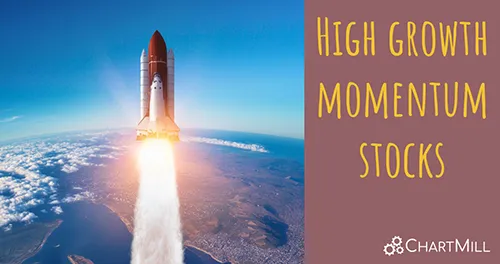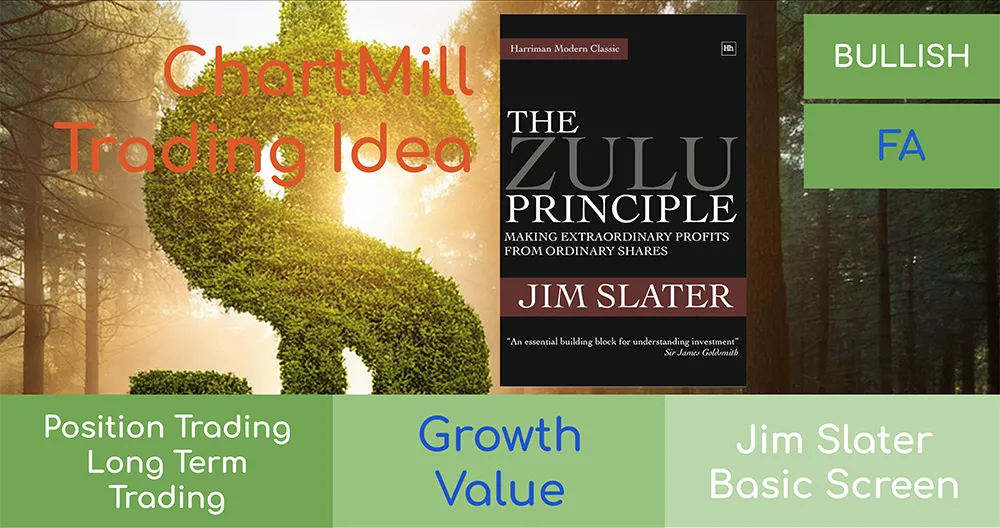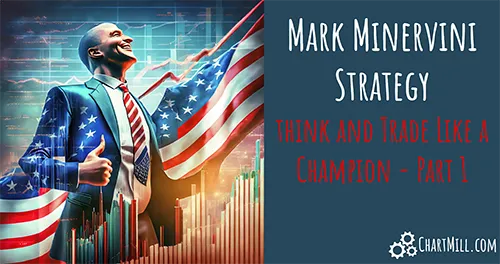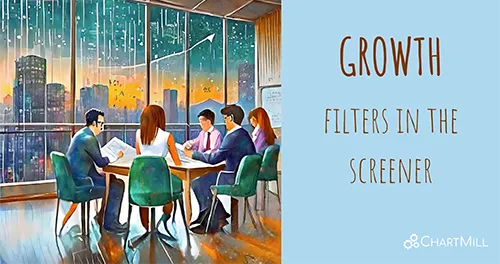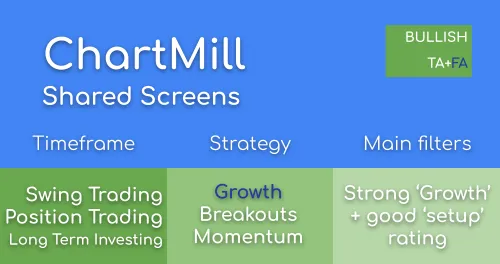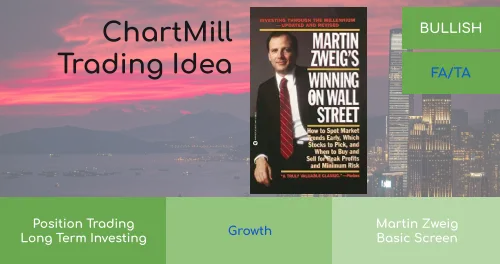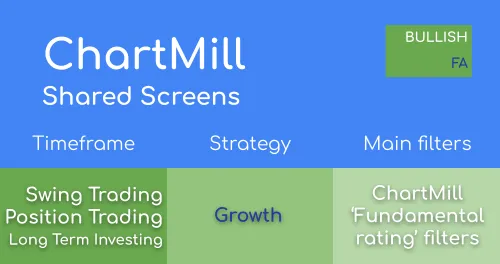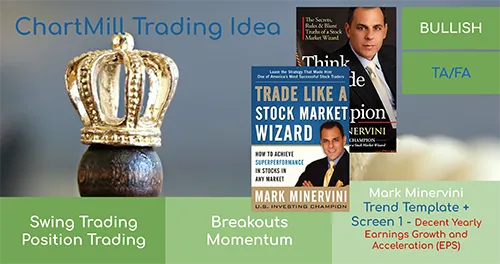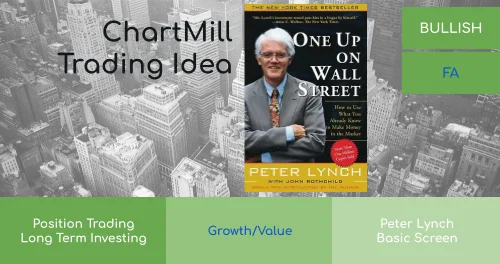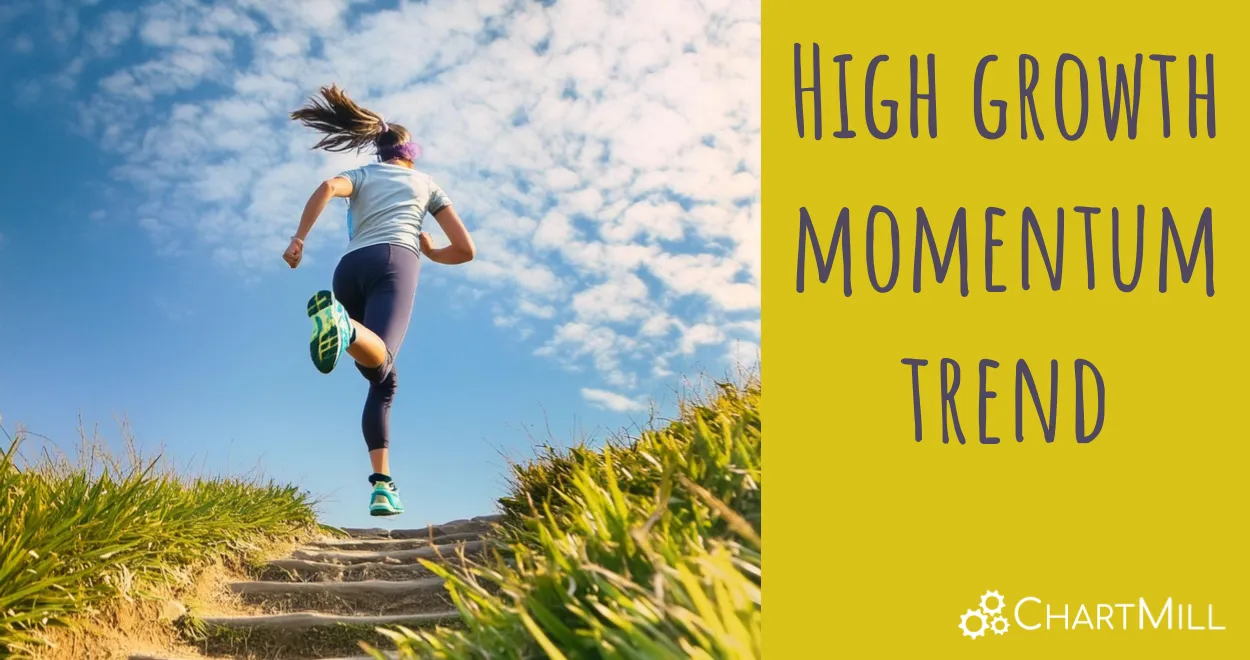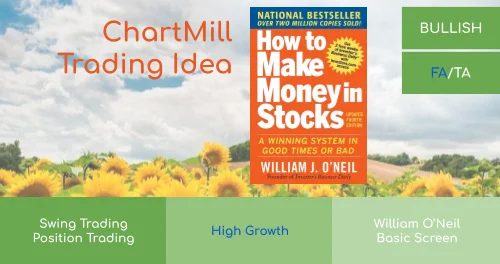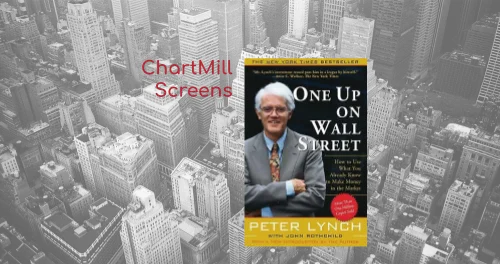
Peter Lynch Investment Strategy in the stock screener
By Aldwin Keppens - reviewed by Kristoff De Turck
Last update: Jul 22, 2024

In his book One Up on Wall Street, Peter Lynch, an American investor and fund manager, describes the rules of his investment strategy, which we will discuss in more detail in this article.
The investment strategy of Lynch is based on fundamental analysis and is a long-term buy-and-hold strategy. It focuses on finding growing companies with reasonable to low valuations. So although it has some factors of growth investing, it leans more towards a value investing approach.
Pure growth investment strategies often have a technical analysis and market timing component. Lynch does not take advantage of this. He recommends leaving market volatility aside and focusing purely on building a long-term diversified portfolio that takes into account primarily valuation, profitability, and the overall financial health of a company.
Companies are allowed to grow but only at a pace that can be sustained over the longer term. He excludes companies that grow too fast.
Does that work? Well ... it certainly worked for him:
As the manager of the Magellan Fund, Lynch managed to achieve an average yearly return of 29,2% in the period 1977 to 1990, doubling the average return of the S&P500.
Invest in what you know and understand
According to Lynch, many good investment ideas can come from things you use, like, or buy in your everyday life. The company does not need to be active in the next hot or growing thing, but just provide goods or services which are appreciated in their specific field. Companies can perfectly be involved in relatively dull areas. In fact: often the more dull and understandable, the better.
Often, as a retail investor, you can use your first-hand experience to your advantage. Companies which have not been discovered by Wall Street yet and will often have low analyst coverage and institutional ownership, can often be very interesting. So when you notice a specific product, service, or item turning up more and more, always check out the company which creates it.
The next step is to dig into the company. Long-term investors can not run the stock screener and just buy the companies that come out. Before actually buying you need to do your homework and make sure you understand the business of the company. So the screener will just give you a list of companies to research.
After buying shares in a company, the next step is patience. Lynch stated that you can not make any sensible prediction on the price of the company or the market in the next 1 or 2 years, but over 10 or 20 years the price is more predictable. A portfolio of 10 to 30 well-selected and diversified stocks should perform well throughout 10 to 20 years.
Investment Rules and Stock Screener Criteria.
The Peter Lynch Screen is available in our trading ideas section. In this section, we will go over the rules of the screen.
- EPS 5-year growth > 15% and < 30%: The Earnings per share should have grown by at least 15% on average over the past 5 years. This growth should not exceed 30% because that type of growth is not sustainable. In your research, it will be important to understand how and why this growth was realized and you will also need to assess whether the same kind of growth can continue in the future.
- PEG<=1: The PEG Ratio should be below 1. The PEG ratio looks at the P/E ratio but compensates for growth and evaluates the valuation of the company.
- Debt/Equity < 0.6: This makes sure the company is funded more by equity than by debt. Lynch would even tighten this a bit further and preferred a D/E ratio below 0.25.
- Current Ratio >= 1: Another health filter, making sure the company has enough current assets to meet short-term obligations.
- ROE > 15%: The Return On Equity should be at least 15%, ensuring healthy profitability.
In the screen, we also put the requirement of a minimum daily average trading volume of 100K shares to ensure liquidity. Note that you could leave this filter out as liquidity is less important when buying for a long-term hold and could cause you to miss interesting companies which have not been discovered yet.
Additional Checks by Peter Lynch
Additional things which are not included in the basic filters we provided in the example screen, but could be:
- Institutional Ownership: the lower, the better. It is possible to filter directly.
- Insider buying: recent insider buying is a plus.
- Share Buyback Program: Lynch preferred companies that buy back their shares.
- Cash Available: Lynch preferred companies with a positive cash balance.
Additional Filter suggestions.
The screen provides a list of growing companies, which are healthy, profitable, and trade at reasonable prices. Further digging, sorting and filtering could be done by:
- The Piotroski score: The Piotroski F-Score is a quick evaluation of more recent profitability, health, and efficiency and also includes checks on outstanding shares. The higher the score the better.
- ROIC: the Return On Invested Capital provides information on how efficiently the company is allocating its capital and could be checked next to the already included ROE. Again: the higher the better.

